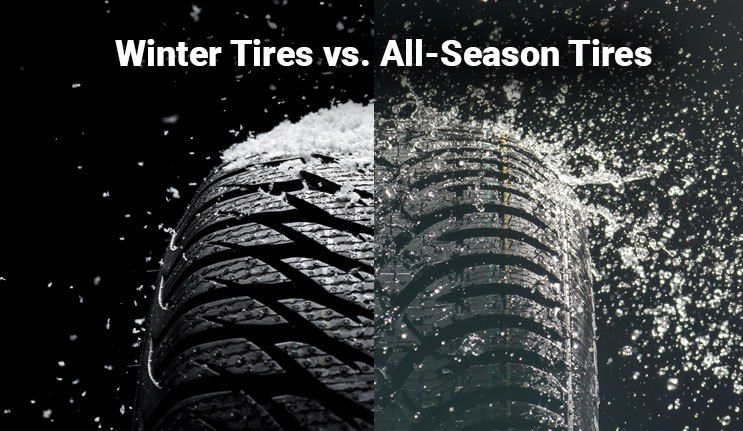Cold temperatures and winter weather can be the biggest enemy to both a tire and a driver due to tire pressure and performance changes that must be monitored.
The exact PSI level of your tire will depend ultimately on your vehicle specifications, but the general rule is for your tire pressure to be between 30 and 35 PSI in the winter. This allows your tires to remain at optimal levels for better safety, driving performance, and fuel efficiency.
With the onset of winter, it is important to know what the right tire pressure should be so you can get the right performance out of your car. Tire pressures vary significantly depending on the type of tires and driving conditions. This guide will help you understand how tire pressure changes during different seasons and what it means for your tires.
If you have ever driven in the winter when your tire pressure light came on, you have experienced what it is like for your tire to lose air to the cold temperatures. In this guide, you will learn how to properly inflate your tires so they can drive at safe levels during the winter.
Most people are not aware of how much pressure their tires require in various seasons. Most drivers, especially those who do not know how to check their tire pressure, will most probably over-inflate them to compensate for the lack of traction on ice and snow.
This is why it is advisable to keep your tire pressure between 30 and 35 PSI in the wintertime. It will help you drive with ease on icy roads without skidding or sliding out of control.
The main reason for this is that snow and ice on the ground can make it harder to maintain proper tire pressure. Maintaining this level of pressure can also prevent damage to the car if you hit a patch of ice.
The tire pressure should be between 30 and 35 PSI in the winter months to ensure that your vehicle runs smoothly on snow-covered roads. This is due to the fact that at lower pressures, your tires are more likely to get stuck or cause hydroplaning, which can lead to loss of vehicle control.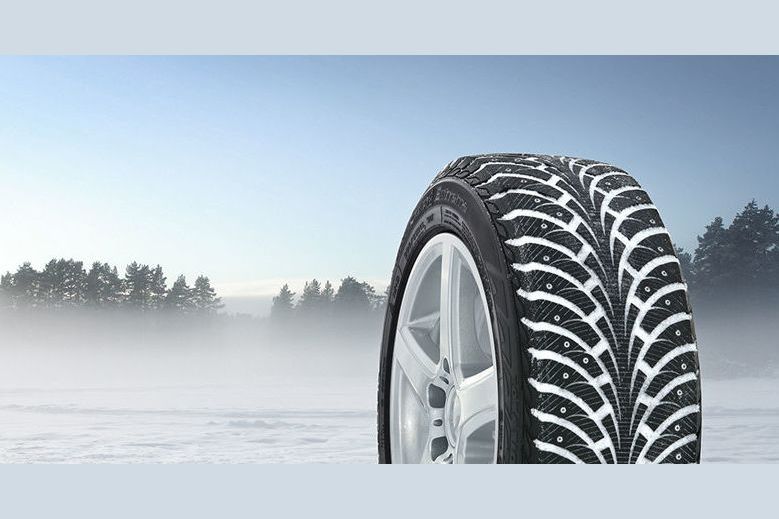
By maintaining this tire pressure level, your tires will be more reliable. When you drive on underinflated tires, you run the risk of experiencing flat tires or vehicle issues.
In the winter, tire pressure can decrease as much as 1 PSI per 10 degrees that the temperature drops. This means you need to constantly pay attention to your tire inflation levels when the weather gets colder.
With colder weather comes a potential decrease in air pressure of your tires, which means that they may not be able to provide you with reliable traction on icy or snowy terrain.
If your car is equipped with a TPMS, you may not have to worry about it too much because most cars have sensors that keep track of your air pressure and notify drivers when something is off.
It is often confused with the notion that air is escaping from inside the tire, but this is not the case. Instead, the air inside the tire will condense when it gets colder.
This lowers the air pressure in the tire which can cause problems for drivers and their cars. When this occurs, your PSI will drop, and the performance of your tires may drop along with it.
In the winter, tire pressure should be at a higher level to ensure a safe drive. Increasing tire pressure in SUVs and trucks is not just about safety but increases tire performance and longevity.
The tire pressure of SUVs and trucks in the winter should be higher than the summer tires. It is estimated that it should be between 35 to 40 PSI in the winter tires to accommodate for the heavier load capacities and cold temperatures that will alter the tire pressure.
The average vehicle in this category will operate under 35 PSI nearly all year, but in the winter more air needs to be added to tires to maintain performance and keep tires safely on the road.
40 PSI is the maximum we recommend for these vehicle types, and any higher can potentially pose some risk to both your tires and your vehicle.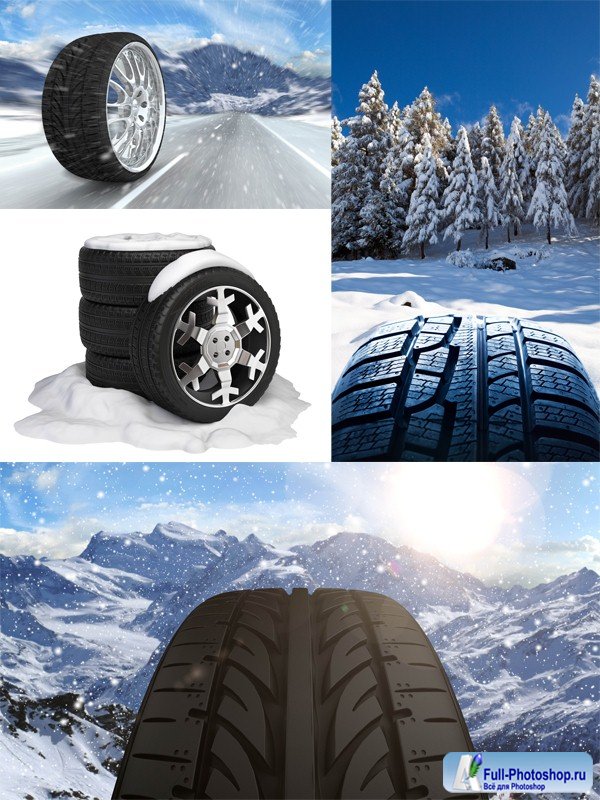 If you inflate the tire too much, it can become too hard or firm causing your suspension to suffer on your vehicle.
If you inflate the tire too much, it can become too hard or firm causing your suspension to suffer on your vehicle.
Beyond just suspension issues, your tires will also lose the traction on the ground that you desperately need in wintry conditions. By sticking between 35 to 40 PSI levels, you can ensure proper vehicle control, handling, and steering responsiveness during freezing temperatures.
The tire pressure for sedans can be lower because they are lighter to drive. It comes down to the load capacity on a vehicle and how heavy they are driving on the road consistently.
It is best to add between 1-3 PSI to your tire based on whatever the recommended level is by your vehicle manufacturer. This accounts for the amount of PSI you are losing based on the temperature drops and should keep you covered.
Compared to SUVs and trucks, sedans are much lighter vehicles that require less PSI to maintain high-quality driving.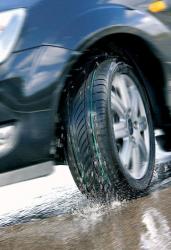
The estimated PSI should be between 30 to 35 PSI. As you will notice on most sedans, this is higher than the initial PSI levels the tires are at, but it is necessary because of the colder temperatures that cause the air to condense inside.
Tires are designed to provide traction but they can't provide it without air in them. If you're driving on thin ice, you need more air in your tires, or else they will fail. The importance of tire inflation is paramount for your safety on the road.
Since the levels are lower on sedans, you have a bit more room to spare if you overinflate the tires before you experience issues. However, it is never recommended because the softer winter tire rubber is more susceptible to blowouts or flats when overinflated.
Vehicle tires can lose up to 10% of their air pressure when the temperature is below freezing. This is due to air condensing inside a tire due to the temperature drop.
The recommended maximum cold tire pressure for most passenger cars and light trucks is 30-35 PSI, but as you will see below this is not always true.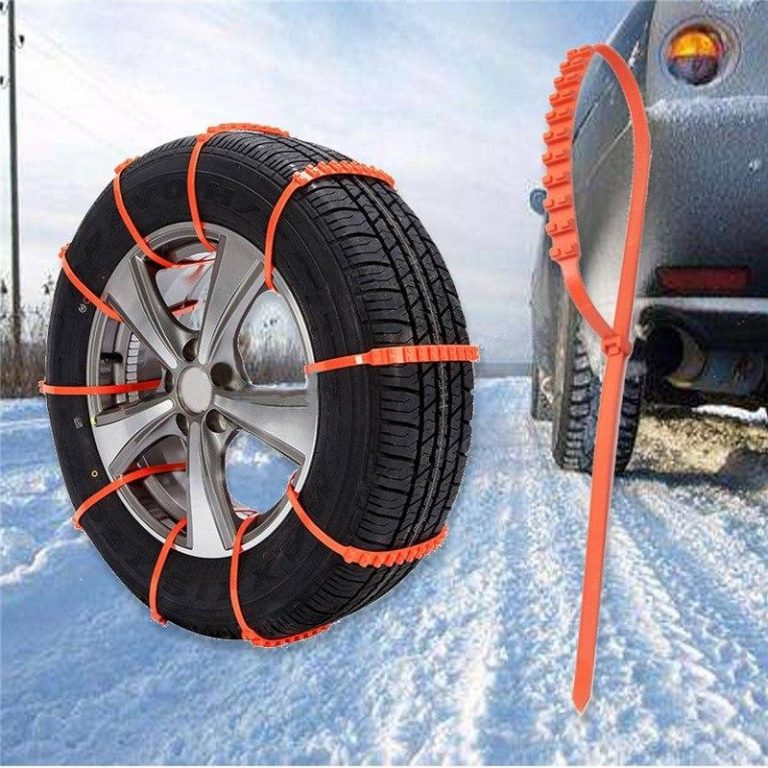 Some vehicles like sports cars use a higher PSI in the tire than you would expect.
Some vehicles like sports cars use a higher PSI in the tire than you would expect.
Every vehicle will adhere to the rules and guidelines set by the manufacturer. This is why all vehicles come with a recommended PSI that can either be found on the side of the vehicle near the driver or in the manual.
It is recommended to always check the recommended PSI on your vehicle before making any alterations to the tire. The winter level should add a few more PSI to account for the temperature drop that will cause air to condense.
The winter season brings its own set of challenges when it comes to tire pressure management. If you don’t know what your tire pressure should be in the winter, you can use our recommended tire pressure levels for winter driving.
| Vehicle | Recommended PSI | Winter PSI |
|---|---|---|
| Ford Explorer | 32-35 PSI | 37-40 PSI |
| Honda Civic | 30-33 PSI | 33-36 PSI |
| Nissan Sentra | 33 PSI | 35 PSI |
| Toyota Camry | 30 PSI | 33 PSI |
| Acura MDX | 35 PSI | 38 PSI |
| Audi A4 | 34 PSI | 36-37 PSI |
| Chevrolet Blazer | 35-36 PSI | 38-39 PSI |
| GMC Canyon | 35-36 PSI | 38-39 PSI |
| Jeep Cherokee | 36-37 PSI | 40 PSI |
| Lexus IS350 | 35 PSI | 37-38 PSI |
Tire pressure affects the handling of your vehicle on slippery surfaces
The short answer: yes! Here’s how to make sure your tire pressure is always right in cold weather
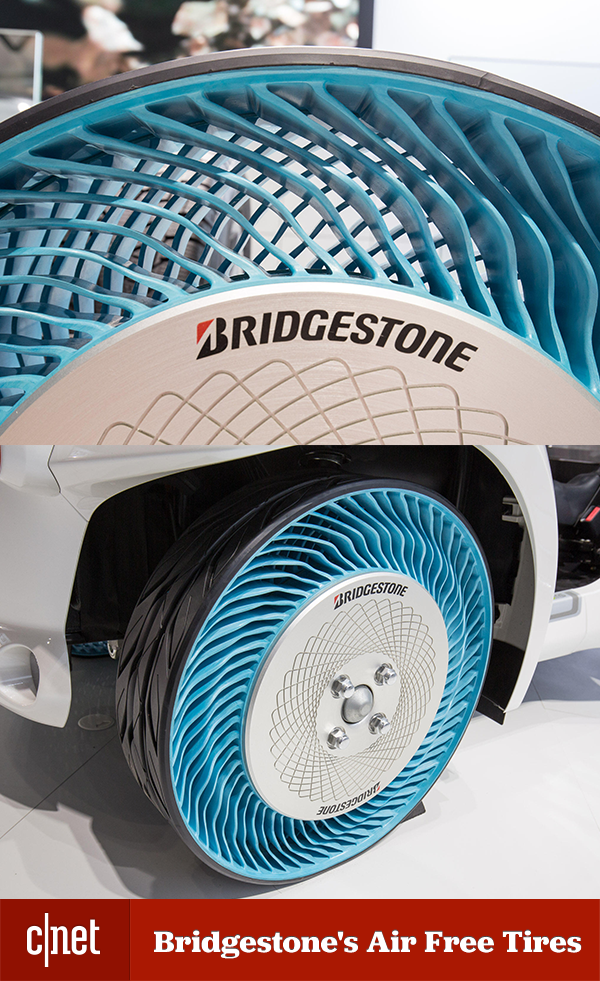 07 to 0.14 bar with every 10°C
07 to 0.14 bar with every 10°CMaintaining correct tire pressure not only ensures optimal traction and grip on any road surface, it also gives you more mileage for your fuel and even reduces CO2 emissions. However, as soon as the temperature drops during cold winter months, it’s important to be vigilant of your tires’ inflation pressure. Once you‘ve prepared your car for winter and fitted it with winter tires, you also need to adapt your tire pressure checks to the seasonal conditions.
Let’s take a closer look at how cold weather affects air pressure and how you can effectively monitor it for maximum driving comfort.
When the temperature drops, tire pressure drops with it
As a rule of thumb, when the temperature decreases by 10°C, tire pressure drops between 0.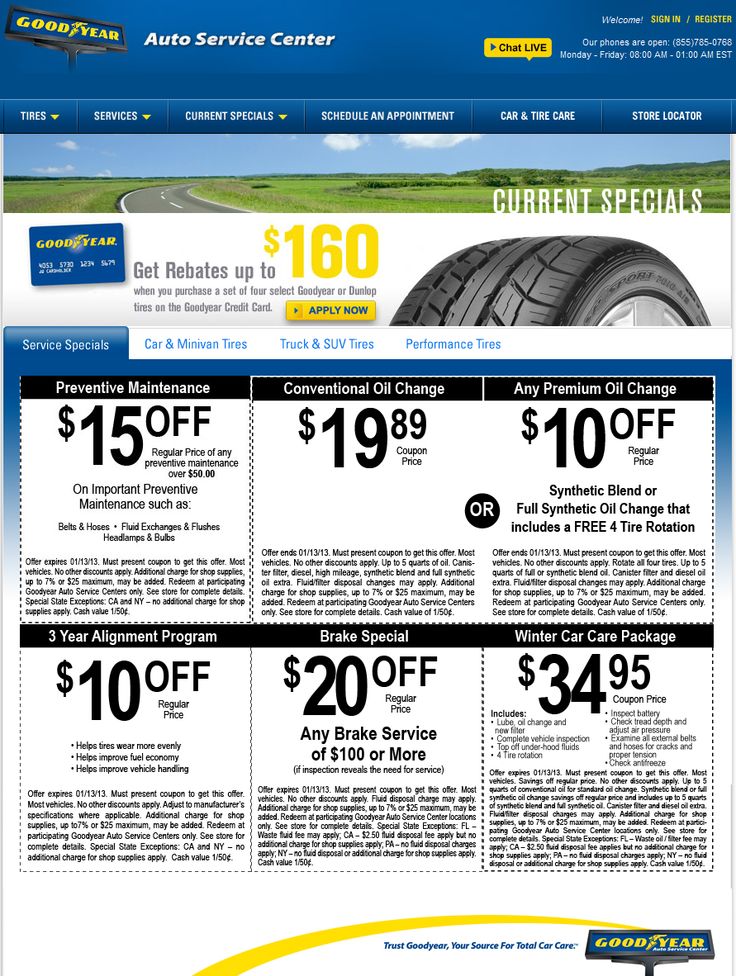 07 to 0.14 bars or 1 to 2 pounds per square inch (PSI). Furthermore, if you live in or travel to a location where there is high elevation, tire pressure is further reduced with every added meter of altitude. For this reason, it’s important to regularly check and maintain all four of your tires’ inflation levels.
07 to 0.14 bars or 1 to 2 pounds per square inch (PSI). Furthermore, if you live in or travel to a location where there is high elevation, tire pressure is further reduced with every added meter of altitude. For this reason, it’s important to regularly check and maintain all four of your tires’ inflation levels.
Not sure what your tire pressure should be? There are several places you can find it in your vehicle:
Inflating your winter tires according to your car manufacturer’s recommendation helps maintain good traction and handling on slippery icy surfaces, no matter the temperature change. Obviously, the same goes for all-season tires.
In short, yes, you need to regularly check the inflation levels. As the temperature drops in cold weather, you might notice your TPMS symbol illuminating more often than usual – particularly in the morning when the air is cold.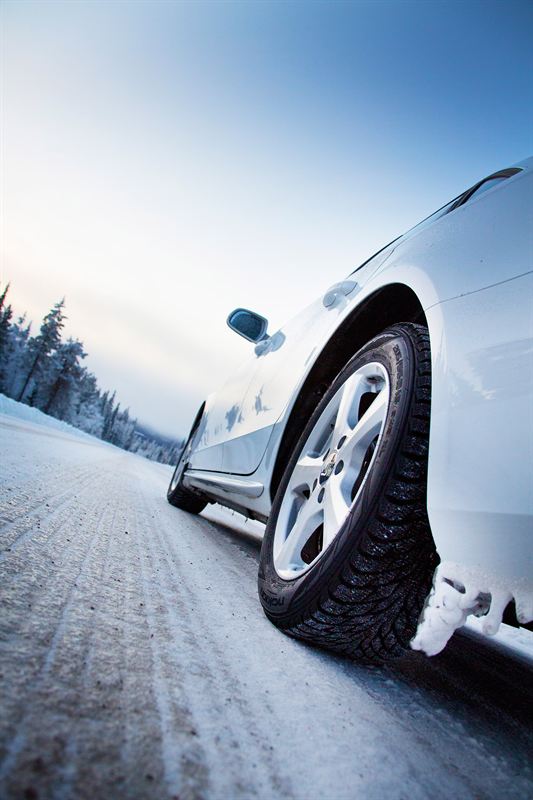 This is most likely due to the temperature dropping overnight, along with the bar or PSI level. However, this is no reason to become complacent when it comes to maintaining your wheels. You should check the air pressure at least every two weeks. In fact, while your tires might look fine, a tire can be under-inflated before it’s visibly noticeable! When checking your tire pressure, you can also take a minute to check the condition and tread depth of your winter tires.
This is most likely due to the temperature dropping overnight, along with the bar or PSI level. However, this is no reason to become complacent when it comes to maintaining your wheels. You should check the air pressure at least every two weeks. In fact, while your tires might look fine, a tire can be under-inflated before it’s visibly noticeable! When checking your tire pressure, you can also take a minute to check the condition and tread depth of your winter tires.
If you live in a region where roads often get covered in ice and where studded tires are allowed or necessary in winter, maintaining the correct air pressure is just as important as it is for non-studded tires. Maintaining the correct levels will provide maximum performance and safety. Poor maintenance can lead to premature stud loss.
As inflation tends to drop with the temperature in cold weather, it’s important to check tire inflation every two weeks.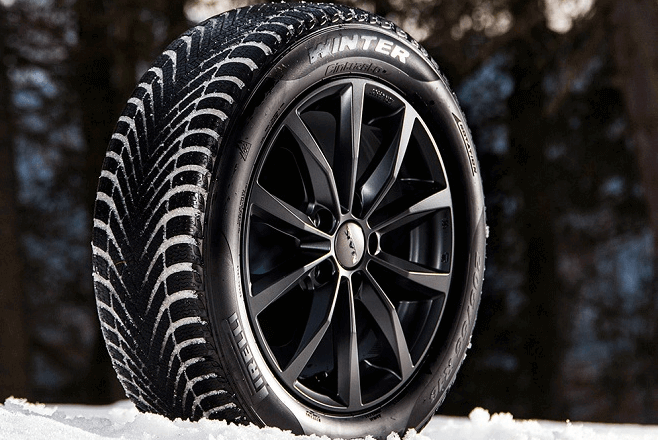 Here are some simple tips to help you check and adjust your tire pressure:
Here are some simple tips to help you check and adjust your tire pressure:
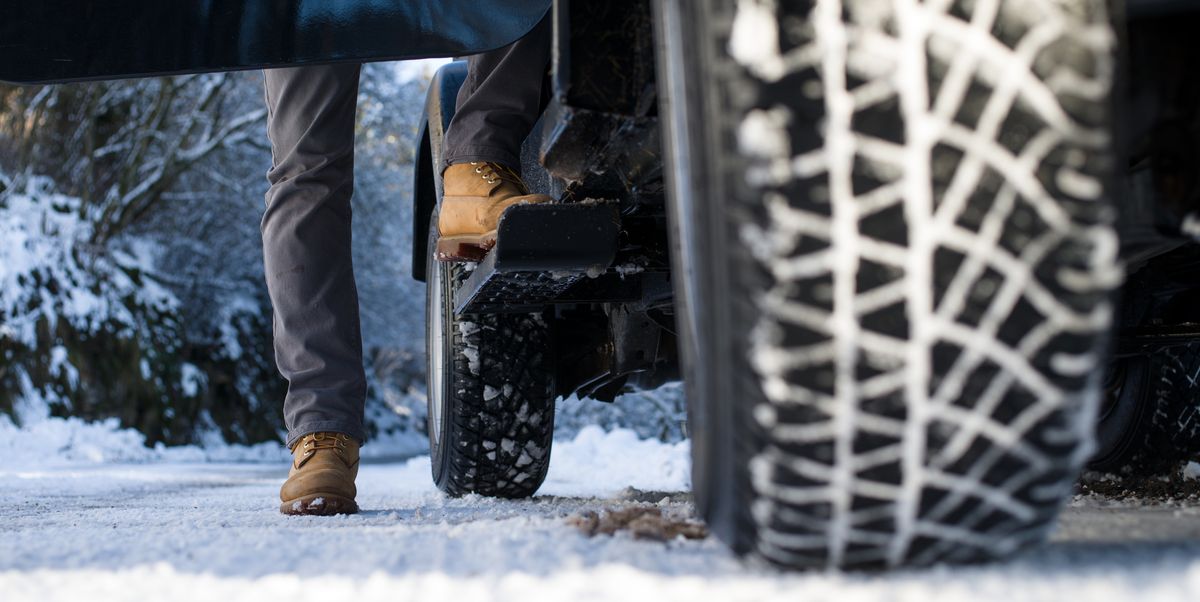 Make sure it matches the manufacturer’s recommendation. If it’s too high, push the valve to let out some air. If the air pressure is too low, attach the air compressor to the valve and fill the tire until it reaches the recommended level.
Make sure it matches the manufacturer’s recommendation. If it’s too high, push the valve to let out some air. If the air pressure is too low, attach the air compressor to the valve and fill the tire until it reaches the recommended level.Please enable JavaScript in your browser to display pages properly.
8 (800) 707-65-40
Request a call
Remind password
Personal account
New customer
5 + 4 =I hereby confirm that I have read and agree to the terms of the privacy policy and consent to the processing of my personal data. Learn more
Request a call
Leave your phone number and a convenient time to call, and we will call you back
Shopul. Komsomolskoye highway, 3b st. Business, 7st. Vaneeva, 209Aul. Golubeva, 7 st. Karl Marx, 60 vul. Comintern, 39, room 1st. Generala Ivlieva, house 24Aul. Fuchik, 36, Perekhodnikova st., 28/1 st. Dyakonova, 2 r. Gaugelya 2A/2pr. Gagarina, 37b 5 + 6 =
Komsomolskoye highway, 3b st. Business, 7st. Vaneeva, 209Aul. Golubeva, 7 st. Karl Marx, 60 vul. Comintern, 39, room 1st. Generala Ivlieva, house 24Aul. Fuchik, 36, Perekhodnikova st., 28/1 st. Dyakonova, 2 r. Gaugelya 2A/2pr. Gagarina, 37b 5 + 6 = I hereby confirm that I have read and agree to the terms of the privacy policy and consent to the processing of my personal data. Learn more
The air compression in a car wheel is indicated in atmospheres. The recommended tire pressure value should be indicated in the technical documentation for the car, on the signs on the gas tank hatch or next to the driver's seat. If the readings were not in these places, then you should contact the center where the car was purchased. It is not necessary to focus on the markings indicated on the surface of tires, because the pressure depends on the mass of a particular vehicle.
In the cold season, the air compression characteristic in car tires is recommended within 2-2. 2 atmospheres.
2 atmospheres.
Not all drivers pay due attention to this characteristic, but it is of great importance for various indicators:
There are recommendations for an external inspection of tires before the start of each trip, before starting the engine. The level of air compression should be monitored every two weeks with a pressure gauge. This device is embedded in most modern compressors, which are connected either to the cigarette lighter in the car or to the battery terminals.
To correctly control the level of pressure in tires, you must adhere to the following rules:
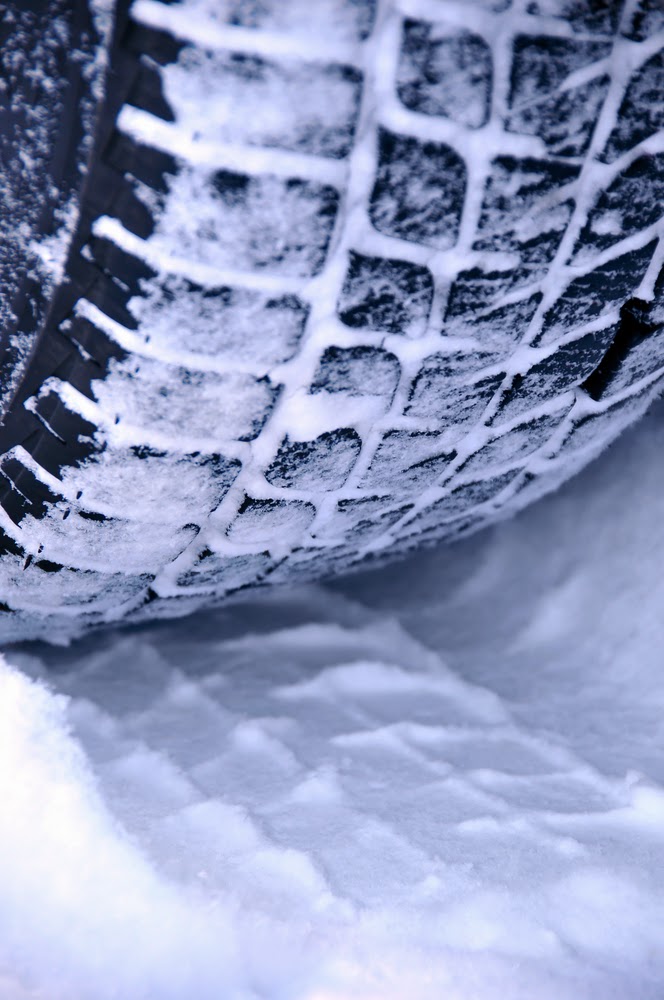 before the trip itself or two hours later, after the road. This is necessary because driving heats up the tires and changes the amount of air compression inside the wheel.
before the trip itself or two hours later, after the road. This is necessary because driving heats up the tires and changes the amount of air compression inside the wheel. 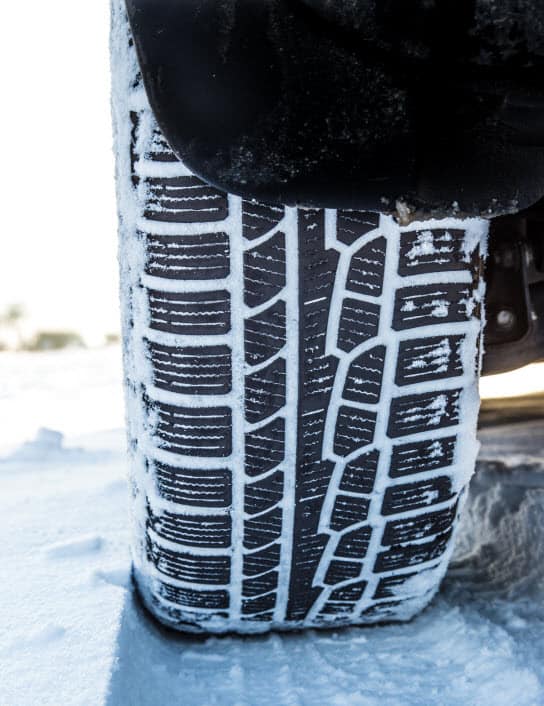
Complain
Thank
Online store KOLOBOX
The tire pressure of a car is one of the most important parameters for the safe operation of a car, which the car owner must check most often.
Compliant tire pressures keep your tires in good condition, increase vehicle performance and drive safely.
In addition, tire pressure has an effect on the vehicle's fuel consumption. Reduced pressure significantly increases fuel consumption and negatively affects the service life: even a slightly flat tire can immediately increase fuel consumption by at least 10%, and tire wear will increase by 30%. Reduced pressure causes a violation of the structure of the rubber, which subsequently leads to the formation of an incorrect tire angle. Incorrect inclination of a car tire, in turn, can seriously impair the technical characteristics associated with the stability and controllability of the car, which complicates cornering, increases braking distance, provokes skidding, etc.
As a rule, the manufacturer himself answers the question about the optimal tire pressure indicators. There is no single, generally accepted such indicator; everything is individual for each specific car model. Information about the recommended tire pressure value is indicated in the operating instructions for a particular make and model of a car, is placed in the form of information stickers placed inside the car or, if the car is old and does not have a manual, then such useful information can be published on the Internet. It is to such indicators that one should strive, at least in the beginning. The pressure standards indicated on car tires indicate the maximum allowable value for a particular rubber model; it is strongly not recommended to follow them unconditionally. Tires should be inflated taking into account seasonality, the quality and condition of the road surface and weather conditions.
Tires should be inflated taking into account seasonality, the quality and condition of the road surface and weather conditions.
Depending on the nature and quality of the road surface and seasonal conditions under which it is planned to operate the car, it is allowed:
Checking the tire pressure of a car is done with a pressure gauge attached to the wheel nipple. It is necessary to measure the pressure in cold tires, because during rotation and movement the tires not only heat up, but also increase the pressure by about 20-25%, which can give incorrect measurement results. Therefore, upon arrival, immediately before starting to measure the pressure, you must wait 2-3 hours until the tires have cooled down.
In order to obtain the most accurate measurements, firmly attach the pressure gauge to the nipple, pressing it firmly until the sound of bleed air disappears.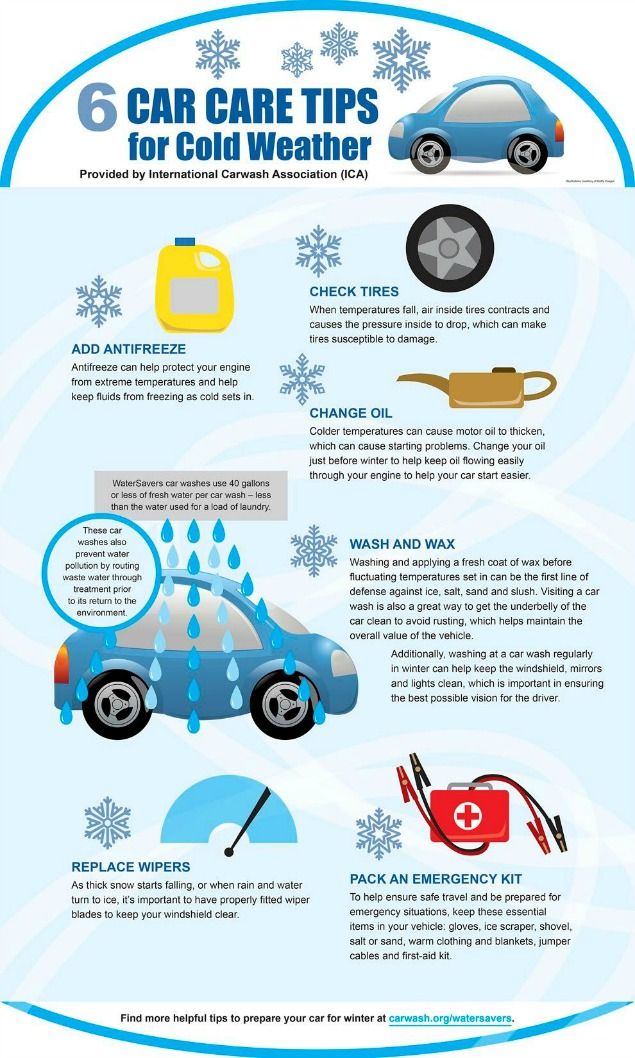 Thus, the pressure is checked immediately in all the tires of the car. On average, the recommended tire pressure for passenger cars varies in the range of 2.0-2.3 atm. The recommended pressure indicators must be observed in all tires at once, inflating tires to the same values for all tires. In the event of non-compliance or discrepancies in pressure readings, the result may be a loss of vehicle stability on the road.
Thus, the pressure is checked immediately in all the tires of the car. On average, the recommended tire pressure for passenger cars varies in the range of 2.0-2.3 atm. The recommended pressure indicators must be observed in all tires at once, inflating tires to the same values for all tires. In the event of non-compliance or discrepancies in pressure readings, the result may be a loss of vehicle stability on the road.
If the obtained tire pressure values do not correspond to the recommended values, then the wheels should be inflated. It is widely believed among motorists that pumped tires contribute to fuel economy. This is partly true, but saving on fuel consumption, there is a high risk of early tire wear and loss of some of the technical characteristics, which in the end can result in additional unforeseen costs.
In addition, it will be useful to take into account the fact that the recommended tire pressure values for foreign-made cars are usually indicated for the quality level of the road surface of the country of origin of the car.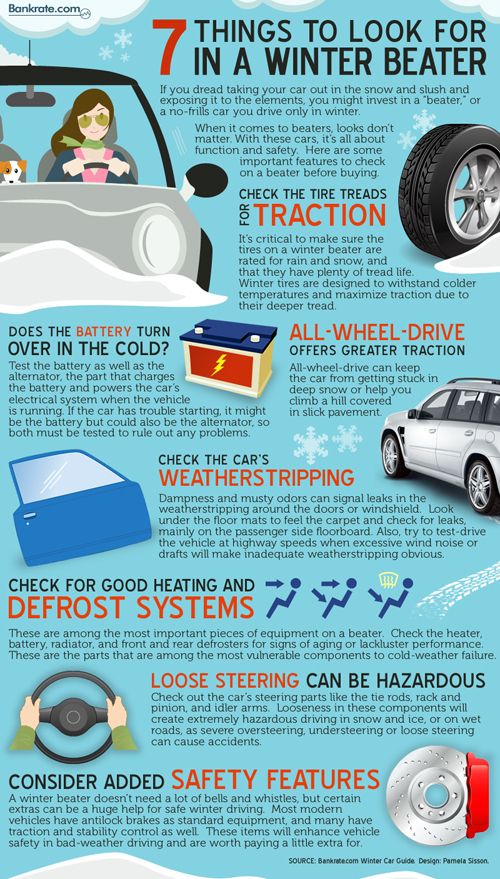 Of course, in relation to the conditions of Russian reality, it is necessary to take into account the quality of Russian roads, which does not always correspond to foreign analogues, and sometimes lower the tires, easing the load on the car's suspension.
Of course, in relation to the conditions of Russian reality, it is necessary to take into account the quality of Russian roads, which does not always correspond to foreign analogues, and sometimes lower the tires, easing the load on the car's suspension.
Winter tires and tire pressure indicators in winter deserve special attention. The winter tire is used in severe weather conditions, therefore it is allowed that the pressure in the front tires slightly exceeds the recommended values, on average, the allowable excess is 0.1-0.3 atm. Such recommendations are explained by the fact that such measures will improve the stability characteristics of the wheels, improve the ability to endure lateral loads. In general, it will positively affect the car's handling as a whole and increase reliability when making particularly sharp maneuvers on winter roads.
Rating of the best studded winter tires according to the results of the 2013-2014 season:
In winter, it is recommended to increase the frequency of tire pressure checks to one check every 2-3 weeks with an average vehicle usage rhythm.